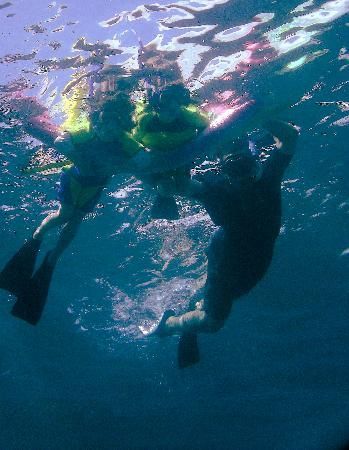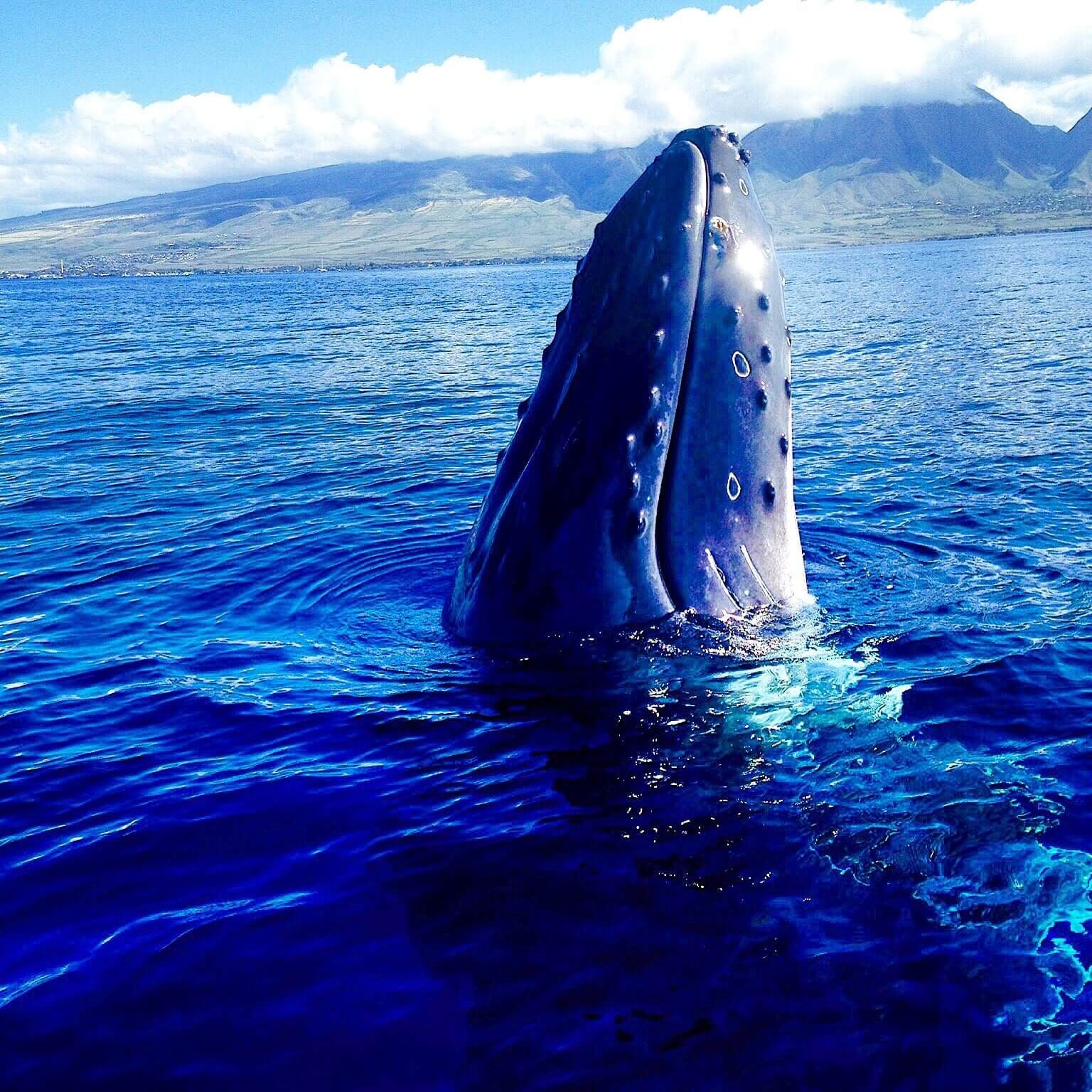Island Star Blog
Stories, crew updates, and ocean tips from Maalaea, Maui

Halloween is just around the corner, and as the veil between worlds grows thin, it’s the perfect time to explore one of Hawaiʻi’s most haunting legends. The islands are rich with moʻolelo, traditional stories that blend history, spirituality, and mystery. Among the many spooky tales whispered across Hawaiʻi, none capture the imagination quite like the legend of the Night Marchers, or Huakaʻi Pō. Who Are the Night Marchers? According to legend, the Night Marchers are the restless spirits of ancient Hawaiian warriors. On certain moonlit nights, they march along old pathways from mountain ridges to coastal plains, escorting the spirits of aliʻi (chiefs) or reenacting ancient processions. Witnesses describe the eerie beat of drums, the flicker of torches through the mist, and rhythmic chanting carried on the wind. Island Variations Each island carries its own version of the legend. On Oʻahu, the marchers are said to travel through valleys like Nuʻuanu and Mānoa. On Kauaʻi, stories tell of torchlit lines crossing cliffs and ridges. On Hawaiʻi Island, the processions are often tied to lava fields and ancient battle sites. Even Maui has whispers of its own trails where drums might echo on still nights. These variations show how the legend is rooted in the land itself, shaped by local geography and memory. What To Do If You Encounter Them If you happen upon the Night Marchers, the only safe response is to lie face down, eyes to the ground, and remain still. It’s not fear that keeps people cautious, but respect. These spirits are considered powerful and sacred—embodiments of Hawaiʻi’s deep connection to ancestry and place. Their stories remind us that the past still walks beside us, especially on nights when the moonlight and the mana feel strong. Explore More Hawaiian Ghost Stories If this story sparks your curiosity for Hawaiʻi’s spooky side, there are many books and collections that share tales like this—equal parts ghost story and cultural treasure. Here are a few to check out: Hawaiian Legends of Ghosts and Ghost-Gods by W. D. Westervelt The Legend of Morgan’s Corner and Other Ghost Stories of Hawaiʻi by Lopaka Kapanui Haunted Hawaiian Nights by Lopaka Kapanui The Secret Obake Casebook: Tales from the Dark Side of the Cabinet by Glen Grant Obake: Ghost Stories in Hawaiʻi by Glen Grant Mahalo for supporting local! As Halloween approaches and the trades carry a chill through the palms, remember to tread lightly, listen closely, and show respect for the stories that have lived here far longer than any of us.

Every so often, even the most seaworthy vessel needs a little time ashore. This fall, Island Star made the trip over to Kona for two weeks of dry dock. It’s a chance to give her some love, keep her safe, and make sure she’s ready for many more miles under sail. Led by our main captain, Bryan, the crew rolled up their sleeves and got to work.

Our trips take you snorkeling from Lahaina acoss to the island of Lanai and the waters around the West side of Maui. Maui and Lanai are known for their crystal clear waters and the abundance of beautiful creatures living just below the surface. As a result, one of the most popular activities for visitors to Maui is snorkeling – […]
The post You can charter any one of our vessels to take you snorkeling from Lahaina. appeared first on Island Star Excursions.

The humpbacks are a part of the Maui seascape every year between December and May. If you plan to visit the islands this winter you really must go on a whale watching tour. Keep in mind that this also high season here on Maui. You should try to book well in advance.This is the time of […]
The post Are you looking for a whale watching tour. We offer the finest private boat charters on Maui. appeared first on Island Star Excursions.



